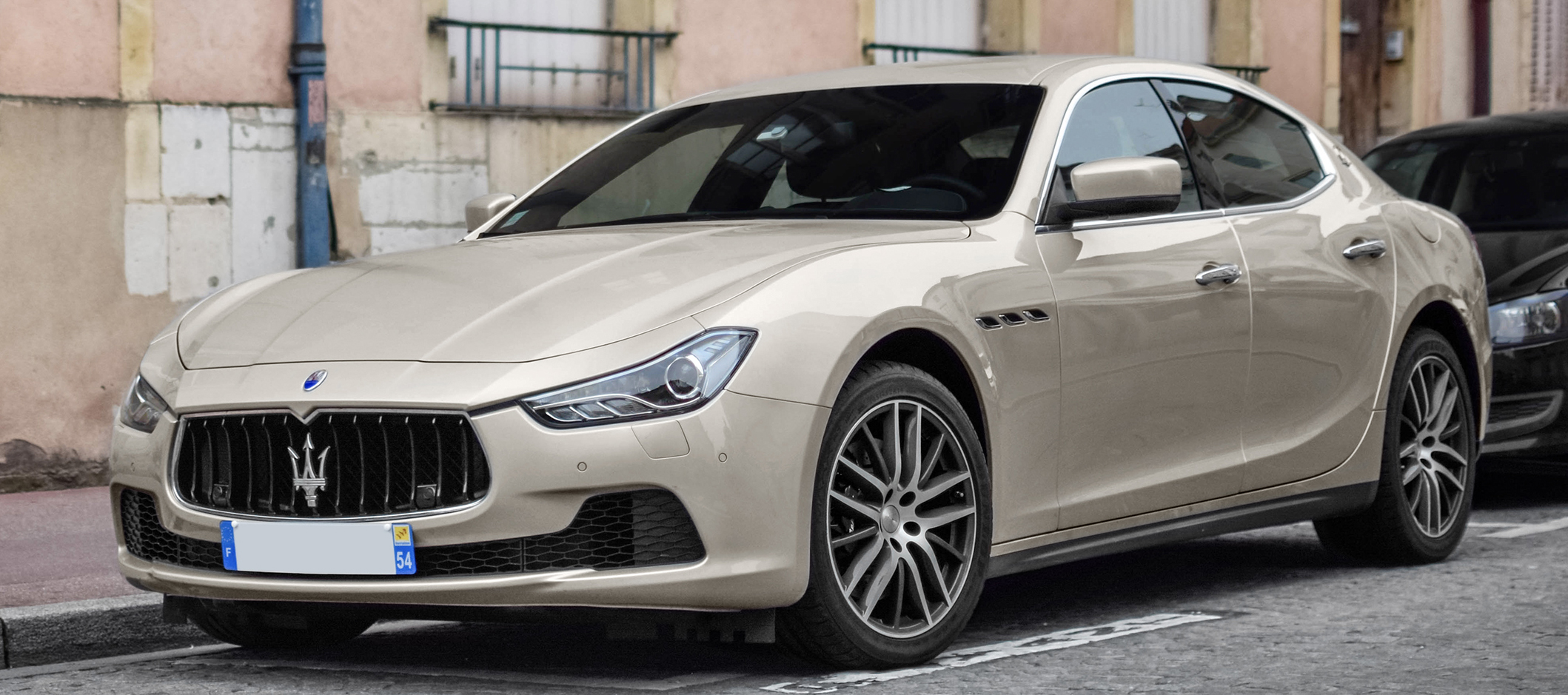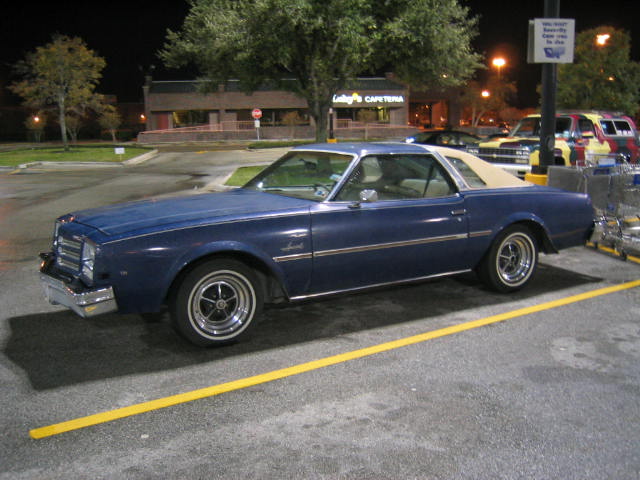|
Opel Rekord P1
The Opel Rekord P1 (branded for its first two years as the Opel Olympia Rekord P) was an executive car introduced in August 1957, in time for the Frankfurt Motor Show, by Opel as a replacement for the previous year's Opel Olympia Rekord. It was larger than its predecessor and featured an eye-catching US-style wrap-around windscreen and rear window, reminiscent of its General Motors Luton-built cousin, the Vauxhall Victor, Vauxhall Victor F, which had appeared in England a few months earlier. The Opel Rekord P1 sold very well, consistently achieving second place in the West German sales charts, beaten to the top slot only by the smaller and cheaper Volkswagen Type 1, Volkswagen Beetle. The manufacturer departed from the habit established with the predecessor model of facelifting the front grill and other trim details every year, but the P1 nevertheless experienced a relatively short production run. The P1 was replaced in mid-1960 by the Opel Rekord, Opel Rekord P2, although th ... [...More Info...] [...Related Items...] OR: [Wikipedia] [Google] [Baidu] |
Opel
Opel Automobile GmbH (), usually shortened to Opel, is a German automobile manufacturer which has been a subsidiary of Stellantis since 16 January 2021. It was owned by the American automaker General Motors from 1929 until 2017 and the PSA Group, a predecessor of Stellantis, from 2017 until 2021. Opel vehicles are sold in the United Kingdom as Vauxhall Motors, Vauxhall. Some Opel vehicles were badge engineering, badge-engineered in Australia under the Holden brand until 2020 and in North America and China under the Buick, Saturn Corporation, Saturn, and Cadillac brands. Opel traces its roots to a sewing machine manufacturer founded by Adam Opel in 1862 in Rüsselsheim am Main. The company began manufacturing bicycles in 1886 and produced its first automobile in 1899. With the Opel RAK program, the world's first rocket program, under the leadership of Fritz von Opel, the company played an important role in the history of aviation and spaceflight: Various land speed records were a ... [...More Info...] [...Related Items...] OR: [Wikipedia] [Google] [Baidu] |
Executive Car
Executive car is a British term for a large car which is equivalent to the European E-segment and American full-size classifications. Executive cars are larger than compact executive cars (and the non-luxury equivalent mid-size cars), and smaller than luxury saloons / full-size luxury sedans. The term has also been adopted by Euro NCAP, a European organization founded to test for car safety. Background The term was coined in the 1960s to describe cars targeted at successful professionals and middle-to-senior managers. It was used by businesses as an incentive for employees in senior roles and to exploit Britain and Europe's tax schemes as a company owned vehicle. Early executive cars typically offered engines with displacements of , compared with for an equivalent sized—but less luxurious—"large family car". Prior to the 1990s, executive cars were typically sedans, however in recent years they have also been produced in other body styles, such as estates ( station wag ... [...More Info...] [...Related Items...] OR: [Wikipedia] [Google] [Baidu] |
Buick Roadmaster
The Buick Roadmaster is an automobile that was built by Buick from 1936 until 1942, from 1946 until 1958, and then again from 1991 until 1996. Roadmasters produced between 1936 and 1958 were built on Buick's longest non-limousine wheelbase and shared their basic structure with the entry-level Cadillac Series 65, the Buick Limited, and after 1940, the Oldsmobile 98. Between 1946 and 1957 the Roadmaster served as Buick's flagship. When it was resurrected for the 1991 through 1996 model years, it became the marque's largest vehicle. The Roadmaster sedan, a C-body vehicle over its eight previous generations, shared the B-body for the first time in its history. It was longer with a greater wheelbase than the C-body Buick Park Avenue. It was also larger both in wheelbase () and overall length () than the K-body Cadillac DeVille. 1931-1933 The 1932 Series 80 was the first Buick with the OHV Buick Straight-8 engine developing at 2800 rpm. It was positioned as an upper catego ... [...More Info...] [...Related Items...] OR: [Wikipedia] [Google] [Baidu] |
Buick Special
The Buick Special was an automobile produced by Buick. It was usually Buick's lowest-priced model, starting out as a full-size car in 1936 and returning in 1961 (after a two-year hiatus) as a mid-size. The Special was built for several decades and was offered as a coupe, sedan and later as a station wagon. When GM modernized their entry level products in the 1960s, the Special introduced the modern Buick V6 that became the core engine for GM for several decades and lives on in current upgraded V6 products. By 1970, Special was no longer offered as a standalone model but the name would later be used for the entry trim on 1975 to 1979 and 1991 to 1996 Century models. The entry level Buick can trace its heritage to the Buick Model 10, a companion to Buick's first car, the Buick Model B. The Model 10 started out as one of the independent brands merged into Buick, called the Janney. Series 40 (1930, 1934–1935) When the Series 40 was introduced, it had the overhead valve Buick S ... [...More Info...] [...Related Items...] OR: [Wikipedia] [Google] [Baidu] |
West Germany
West Germany is the colloquial term used to indicate the Federal Republic of Germany (FRG; german: Bundesrepublik Deutschland , BRD) between its formation on 23 May 1949 and the German reunification through the accession of East Germany on 3 October 1990. During the Cold War, the western portion of Germany and the associated territory of West Berlin were parts of the Western Bloc. West Germany was formed as a political entity during the Allied occupation of Germany after World War II, established from eleven states formed in the three Allied zones of occupation held by the United States, the United Kingdom, and France. The FRG's provisional capital was the city of Bonn, and the Cold War era country is retrospectively designated as the Bonn Republic. At the onset of the Cold War, Europe was divided between the Western and Eastern blocs. Germany was divided into the two countries. Initially, West Germany claimed an exclusive mandate for all of Germany, representing itself as t ... [...More Info...] [...Related Items...] OR: [Wikipedia] [Google] [Baidu] |
Water-cooled Engine
Cooling tower and water discharge of a nuclear power plant Water cooling is a method of heat removal from components and industrial equipment. Evaporative cooling using water is often more efficient than air cooling. Water is inexpensive and non-toxic; however, it can contain impurities and cause corrosion. Water cooling is commonly used for cooling automobile internal combustion engines and power stations. Water coolers utilising convective heat transfer are used inside high-end personal computers to lower the temperature of CPUs. Other uses include the cooling of lubricant oil in pumps; for cooling purposes in heat exchangers; for cooling buildings in HVAC and in chillers. Mechanism Advantages Water is inexpensive, non-toxic, and available over most of the earth's surface. Liquid cooling offers higher thermal conductivity than air cooling. Water has unusually high specific heat capacity among commonly available liquids at room temperature and atmospheric pressure allowing ... [...More Info...] [...Related Items...] OR: [Wikipedia] [Google] [Baidu] |
Overhead Valve Engine
An overhead valve (OHV) engine, sometimes called a ''pushrod engine'', is a piston engine whose valves are located in the cylinder head above the combustion chamber. This contrasts with earlier flathead engines, where the valves were located below the combustion chamber in the engine block. Although an overhead camshaft (OHC) engine also has overhead valves, the common usage of the term "overhead valve engine" is limited to engines where the camshaft is located in the engine block. In these traditional OHV engines, the motion of the camshaft is transferred using pushrods (hence the term "pushrod engine") and rocker arms to operate the valves at the top of the engine. Some early intake-over-exhaust engines used a hybrid design combining elements of both side-valves and overhead valves. History Predecessors The first internal combustion engines were based on steam engines and therefore used slide valves. This was the case for the first Otto engine, which was first succe ... [...More Info...] [...Related Items...] OR: [Wikipedia] [Google] [Baidu] |
Opel Rekord
The Opel Rekord is a large family car which was built in eight generations by the German car manufacturer Opel. Between 1953 and 1986, approximately ten million were sold. In 1986, the Rekord nameplate was replaced by the Opel Omega. Naming The Rekord name evolved into the main name of the model; at first the name was used in close relationship with the Opel Olympia name, which pre-dated the Rekord but was also reinstated in a separate model in 1967. The various generations are described here with the manufacturer's, or other commonly used designations such as "Rekord P I" or "Rekord B". The car was not badged with these additional appellations. Olympia Rekord (1953–1957) The Opel Olympia Rekord was introduced in March 1953 as successor to the Opel Olympia, a pre-World War II design dating back to 1935. The Opel Olympia Rekord was built until 1957 in four different versions. Around 580,000 units were produced. Styling of the 1953–54 sedans resembled scaled-down versions ... [...More Info...] [...Related Items...] OR: [Wikipedia] [Google] [Baidu] |
Volkswagen Type 1
The Volkswagen Beetle—officially the Volkswagen Type 1, informally in German (meaning "beetle"), in parts of the English-speaking world the Bug, and known by many other nicknames in other languages—is a two-door, rear-engine economy car, intended for five occupants (later, Beetles were restricted to four people in some countries), that was manufactured and marketed by German automaker Volkswagen (VW) from 1938 until 2003. The need for a ''people's car'' ( in German), its concept and its functional objectives were formulated by the leader of Nazi Germany, Adolf Hitler, who wanted a cheap, simple car to be mass-produced for his country's new road network (Reichsautobahn). Members of the National Socialist party, with an additional dues surcharge, were promised the first production, but the Spanish Civil War shifted most production resources to military vehicles to support the Nationalists under Francisco Franco. Lead engineer Ferdinand Porsche and his team took until 1938 ... [...More Info...] [...Related Items...] OR: [Wikipedia] [Google] [Baidu] |
Vauxhall Victor
The Vauxhall Victor is a large family car produced by Vauxhall from 1957 until 1976. The Victor was introduced to replace the outgoing Wyvern model. It was renamed Vauxhall VX Series in 1976 and continued in production until 1978, by which time it had grown significantly and was viewed, at least in its home market, as a larger-than-average family car. The last Victor, the Victor FE, was also manufactured under licence by Hindustan Motors in India as the Hindustan Contessa, during the 1980s and early 2000s, with an Isuzu engine. The FD Series was replaced by the Vauxhall Cavalier, while the larger FE Series was replaced by the Vauxhall Carlton. The Victor briefly became Britain's most exported car, with sales in markets as far flung as the United States (sold by Pontiac dealers, since Vauxhall had been part of GM from 1925), Canada, Australia, New Zealand, South Africa, and Asian right-hand drive markets such as Ceylon (now Sri Lanka), India, Pakistan, Malaysia, Thailand, and S ... [...More Info...] [...Related Items...] OR: [Wikipedia] [Google] [Baidu] |





